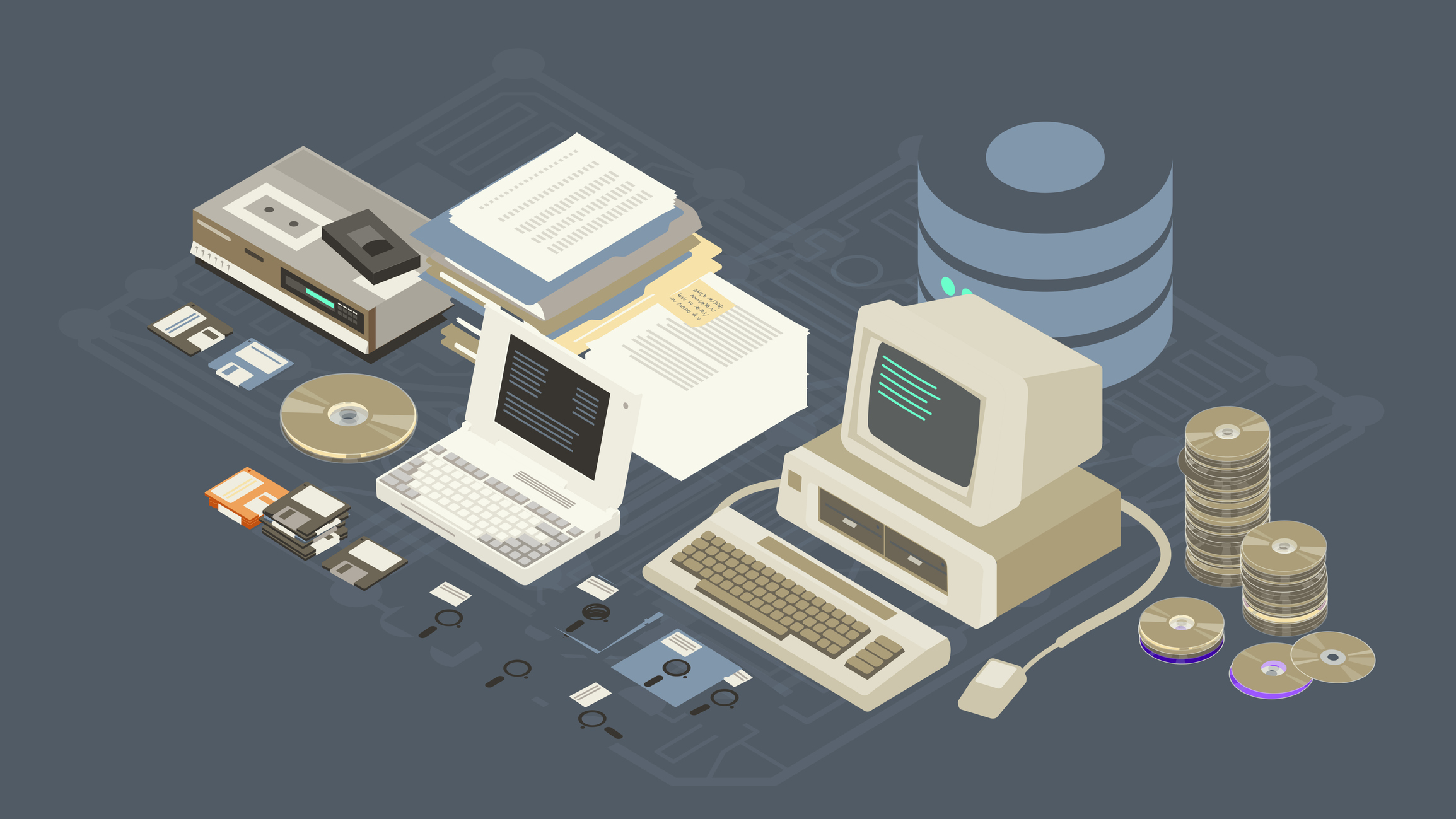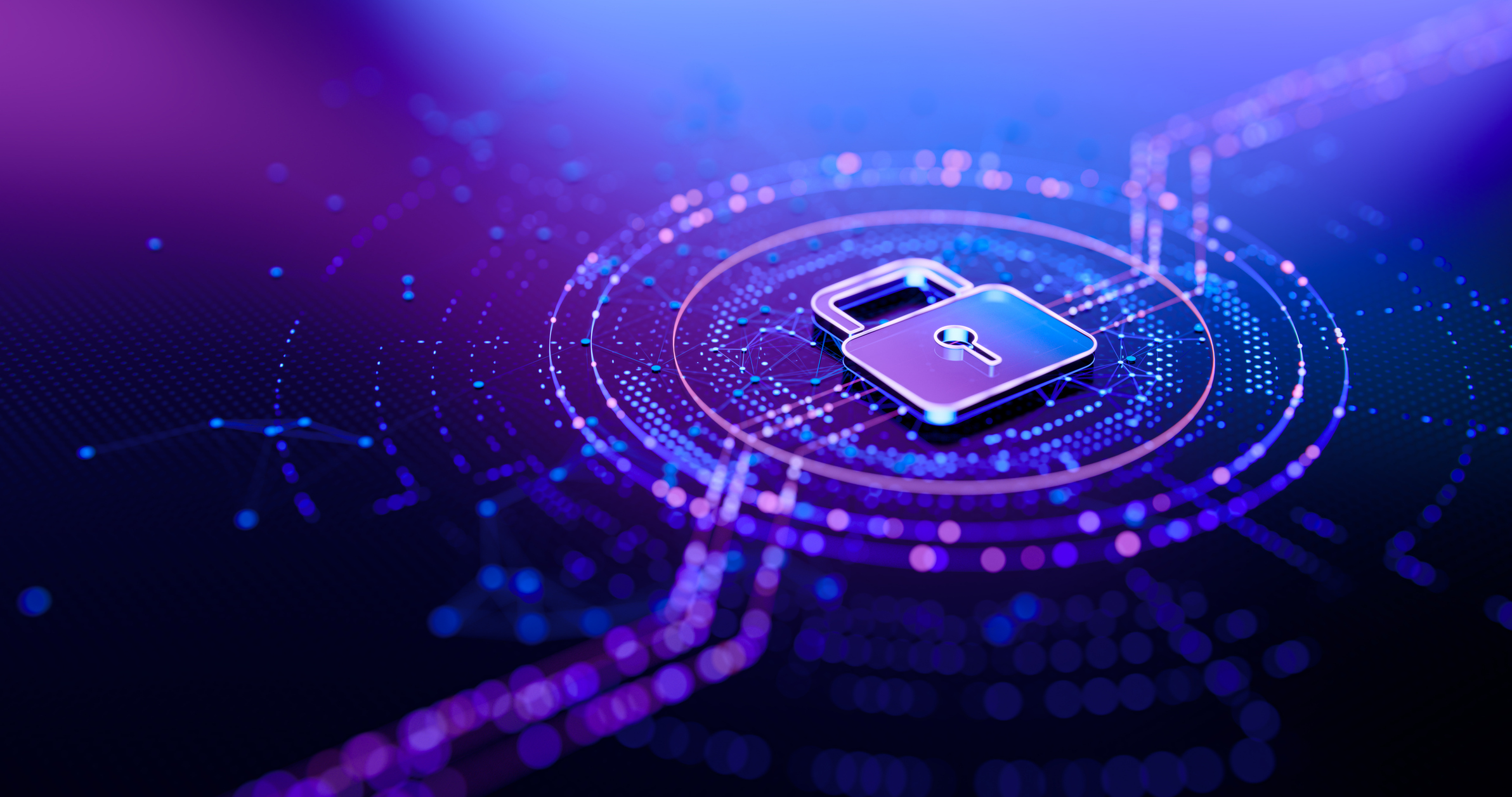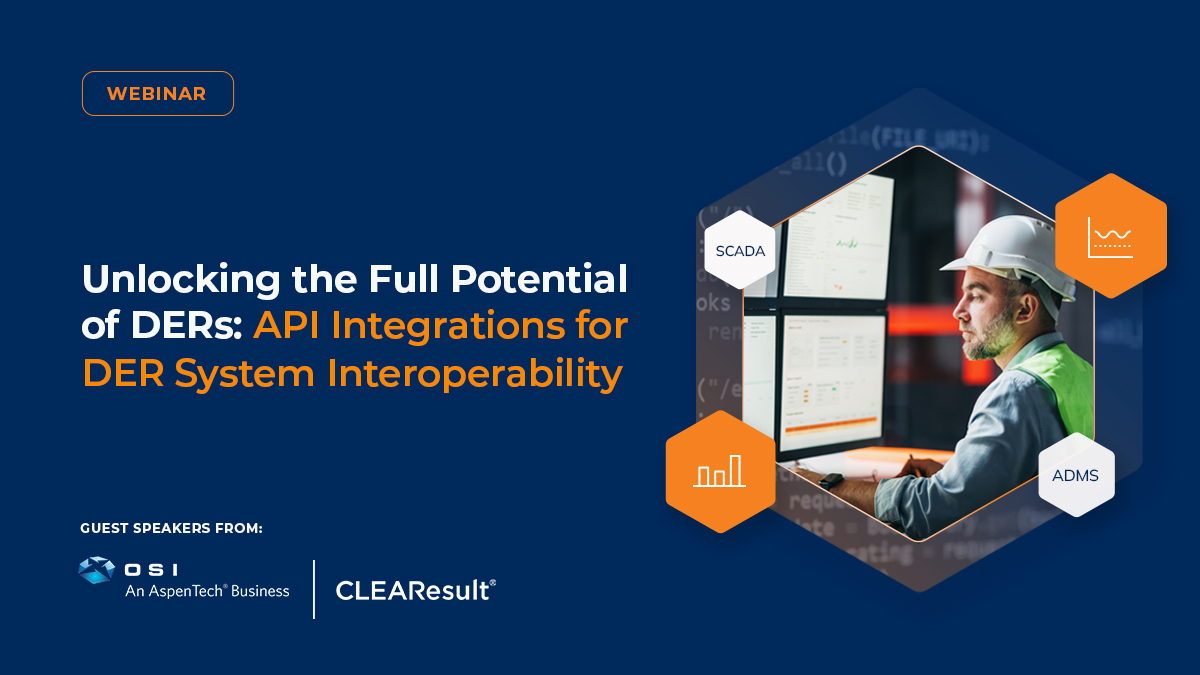As a conservation effort, demand response programs have existed for more than forty years, used since to mitigate stress to the grid during peak times of usage. While that paradigm remains, global decarbonization efforts have shifted demand response from an elective initiative to an integral conservation tool to meet evolving service needs. Utilities use incentives to encourage the enrollment and participation necessary for the success of a program. Those incentives manifest in many ways, all of which are administrative details that cost utilities time and money. Fortunately, digital incentive processing offers a cost-effective alternative to budget-conscious operations, while offering enhanced security possibilities.
Types of Financial Incentives
There are several types of incentives that utilities offer to encourage both enrollment and participation. For the most part, these incentives are financial, typically as a credit that appears on a customer’s monthly statement. In some cases, utilities have employed disincentives for customer non-participation, meaning that if a customer opted out from a demand response event, they were issued a financial penalty. A few common examples of incentives include:
- A one-time credit for enrollment – An upfront payment that does not recur
- Recurring monthly credits – While every program is different, recurring credits are usually reserved only for enrolled customers who participate in-demand events
- Product rebates – This is typically applied to devices that are part of the demand response program, which in turn further incentives participation
- Gift cards – this can occur as pre-paid digital, physical, or electronic gift cards depending on what motivates your customer base
- Cashback – These are direct payments, not billing credits, available in some cases for eligible customers
Additionally, there are non-monetary appeals to program enrollment and participation, initiatives meant to entice involvement as a form of community service. Likewise, customer education can further incentivize customer cooperation by showing them the monies they saved by conserving during peak usage, which often overlaps with different time-of-use rates. Still, more often than not, money is a historically reliable stimulus, although potentially costly in ways that may not be immediately obvious. Digital incentive processing can solve these administrative and material costs.
How Incentives Are Processed Now
In the past, incentive processing was an analog operation. For utilities, that meant accounting departments managing customer billing. It meant tracking opt-outs for demand events to determine if a customer qualified for their credit. It also meant paper bills, which are an avoidable material cost. Considering that accountants earn a median income of $73,560, you can understand how these costs would add up. Digital incentive processing minimizes these costs, by automating the process, cutting material costs, and required manpower hours.
The Value of Digital Incentive Processing
As part of a robust customer engagement strategy, digital incentive processing is exactly what the name implies: a computerized alternative to manual processing customer credits. With digital incentive processing, you can save costs and enhance the customer experience, while simultaneously supporting environmental efforts. Digital incentive processing has a variety of benefits, from minimizing utility spending to monitoring customer opt-out data. So what can you expect?
Messaging
Engaging with customers is integral to the success of any program. Whether that’s in encouraging someone to sign up or participate, communication is key. Utilities can streamline their interactions by implementing messaging templates for common communications. Beyond just alerting customers to opportunities to commit to a program or event deployment, the right messaging tools can share information meant to educate customers on if and how they qualify for their program incentive.
Furthermore, by sharing usage information through messaging centers, customers can both see their savings in participating; in addition to savings, conservation alone lowers bills. Lastly, research indicates that awareness of energy consumption can influence future usage habits, not just in the homeowner but in their community.
It’s Cost-Effective
Paper bills come with a material cost that reflects the scale of any operation. Digitation, both in terms of internal processes and in going paperless, can reduce operational costs by up to 25%. Through those savings, utility providers can invest in new or enhanced distributed energy resource (DER) initiatives or demand response programs, which not only help the grid but can improve your ESG rating.
It Minimizes Fraud
Credit payments by physical check pose a potential security risk, as 66% of organizations reported check fraud in 2020. Digital incentive processing can minimize that risk. Through cybersecurity measures and the use of multi-factor authentication, customer payments can be processed securely. Additionally, unclaimed property (including checks) presents an administrative cost to manage avoidable with electronic remittance methods.
Environmentally Friendly
The planet loses around 5 million hectares of forest every year. For perspective, that’s the equivalent of 12,355,250 (American) football fields worth of land. Since trees are integral to stripping carbon from the atmosphere, that loss is a tremendous challenge to decarbonization. As a paper-free initiative, digital incentive processing sidesteps those struggles entirely, while enhancing customer engagement and reducing material costs. Likewise, digital billing strategies lower the carbon emissions associated with delivering physical invoices to customers.
Digital Incentive Processing Conclusion
Recent studies indicate that improvements to digital processes result in a 2% increase in overall customer satisfaction. In fact, according to the American Customer Satisfaction Index customer satisfaction levels parallel consumer spending and GDP growth. With the right digital incentive processing tools, utility companies can minimize paper waste and lower administrative costs, while enhancing customer satisfaction.







